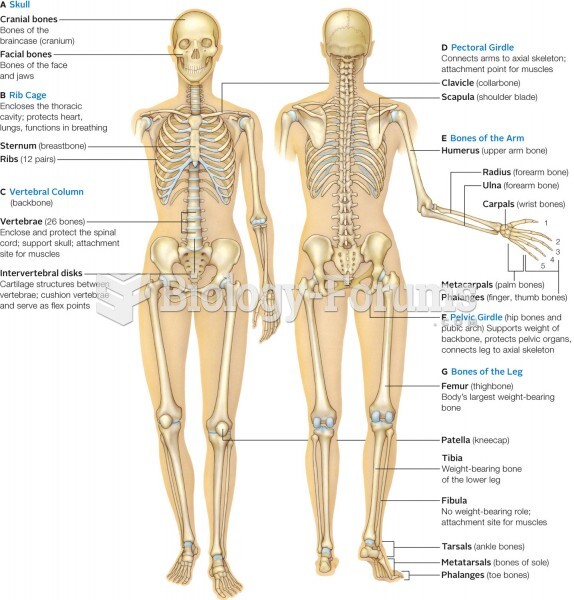Answer to Question 1
The 1920s were a prosperous time, and advertisements exhorted the public to consume and enjoy life. Advertising found a previously unknown level of respectability, fame, and glamour. Advertisements were highly aesthetic--much more visual and far less wordy than those of the previous decade. However, in the 1930s, as a result of the depression, advertising became a villain. It was held to blame for seducing people into the excesses of the 1920s. The style of advertising was no-nonsense. Ads were crammed with visuals and copy.
Answer to Question 2
The P.T. Barnum era (1875 to 1918) was noted for rapid urbanization, massive immigration, labor unrest, and concerns over the abuses of capitalism. It included the first wave of the feminist movement, the progressive movement, motion pictures, and mass culture. Advertising offered solutions to the stresses of this rapidly changing modern life.
The Twenties (1918 to 1929) were prosperous times. Victorian sexual repression and modesty gave way to a more open sexuality and a love affair with modernity. Advertising instructed consumers how to be thoroughly modern and how to avoid the pitfalls of this new age. There was a product with a cure for every social anxiety and personal failing. The ads of the times also exhorted consumers to have a good time and enjoy life. Many ads from this era featured themes of modernity, the division between public work space (the male domain of the office) and the private, feminine, space of the home. In addition, scientific and technological themes were prevalent.
The era of World War II and after (1941 to 1960) saw enormous growth in the U.S. economy and in household incomes. The suburbs emerged, and along with them there was an explosion of consumption. Technological change fascinated the nation. The television, the telephone, and the automatic washer and dryer became common to the American lifestyle. Scenes of modern life, social promises, and a reliance on science and technology characterized advertisements of this era.







